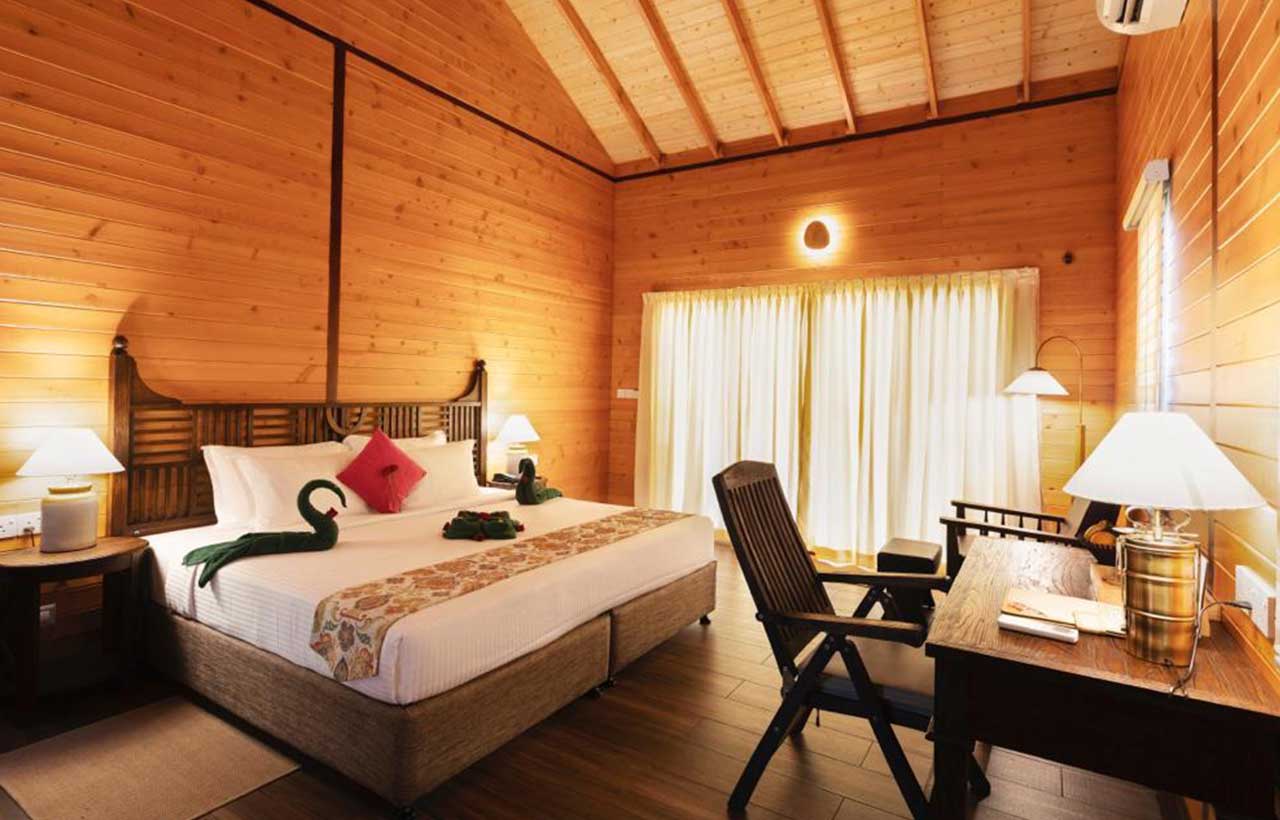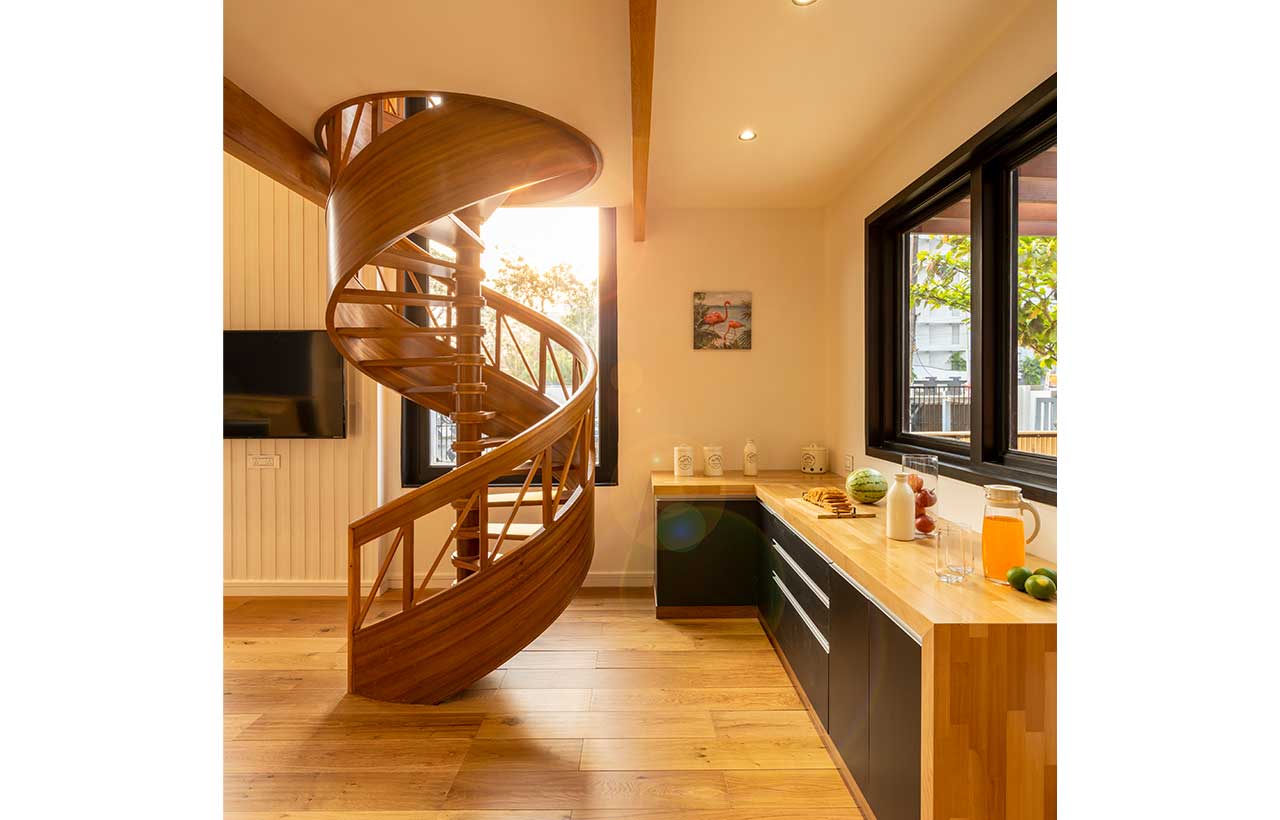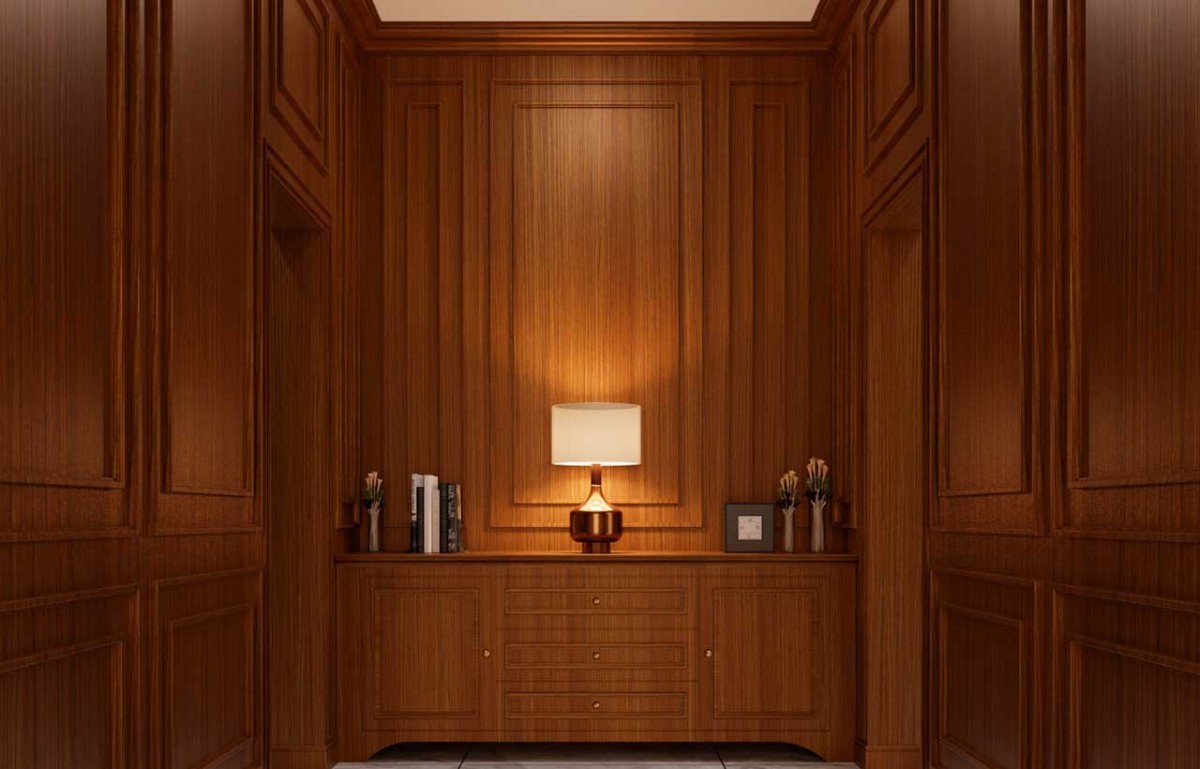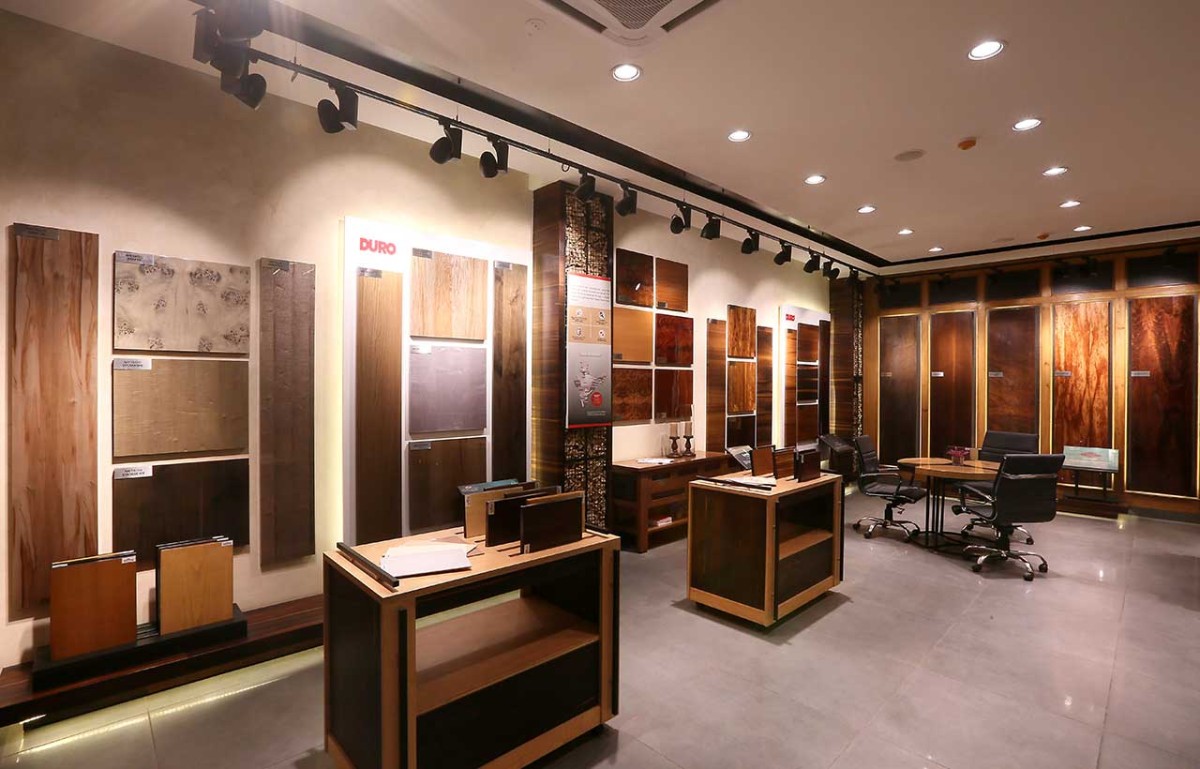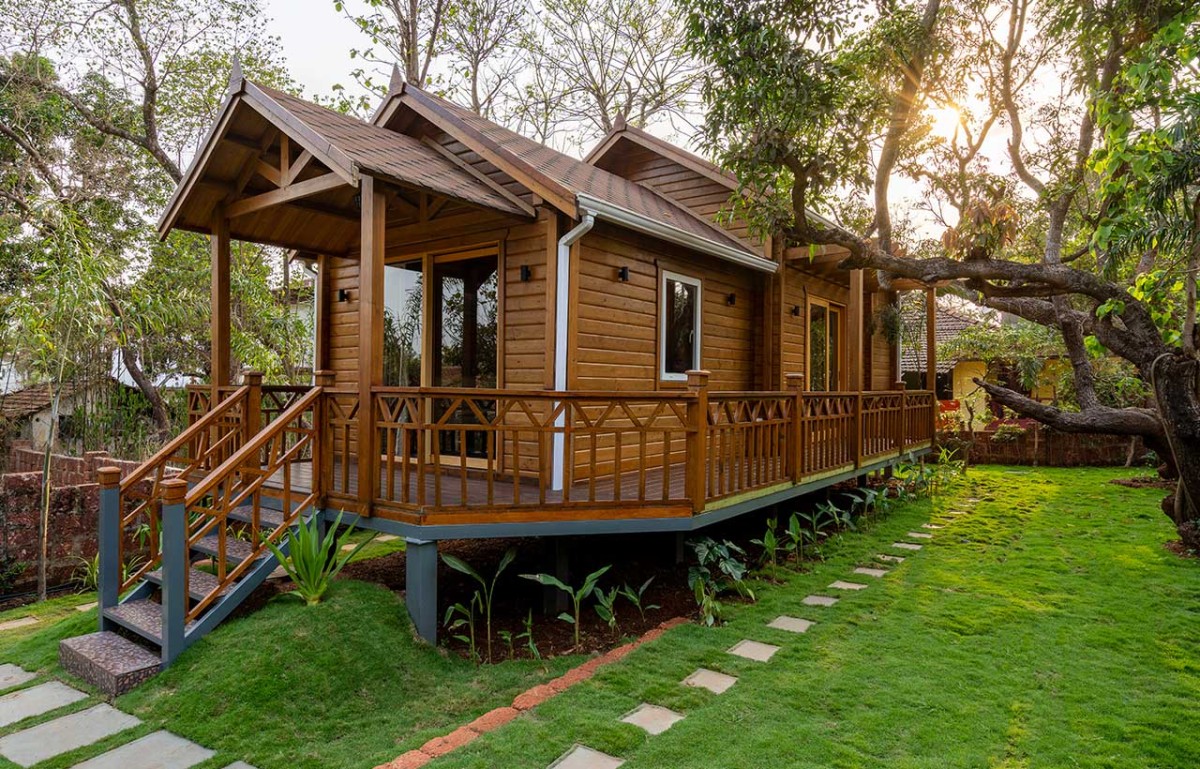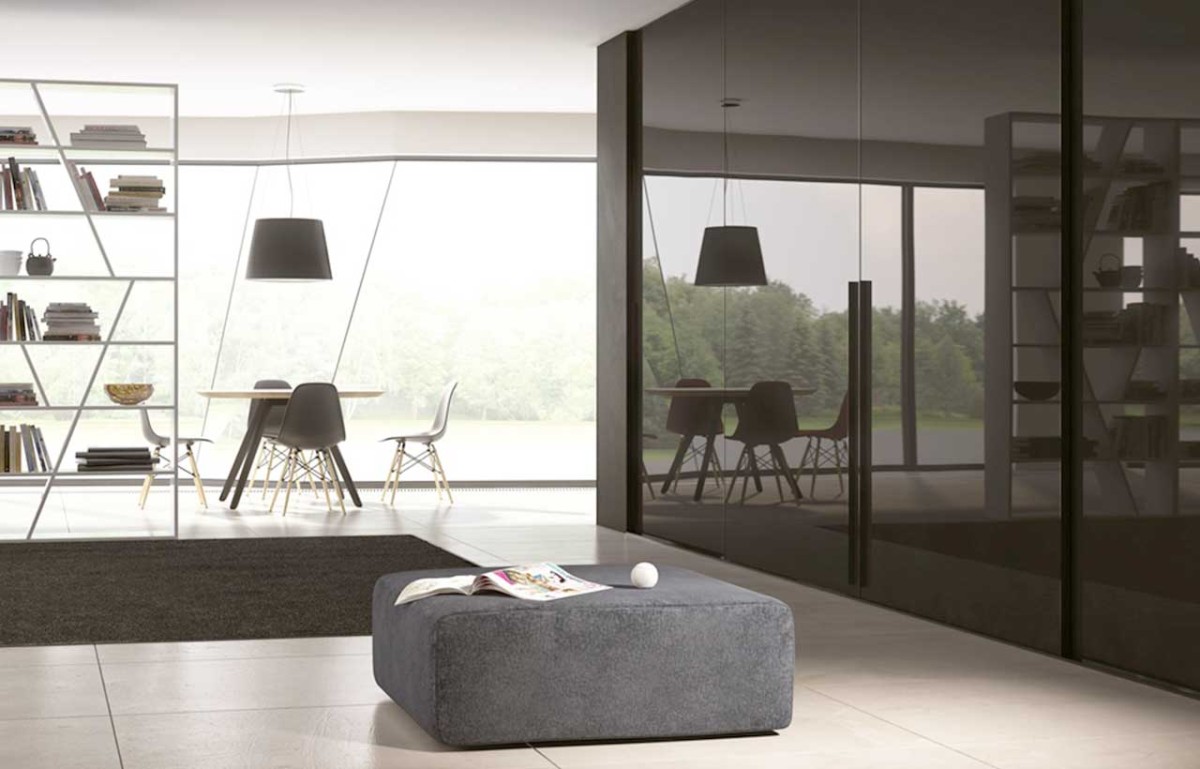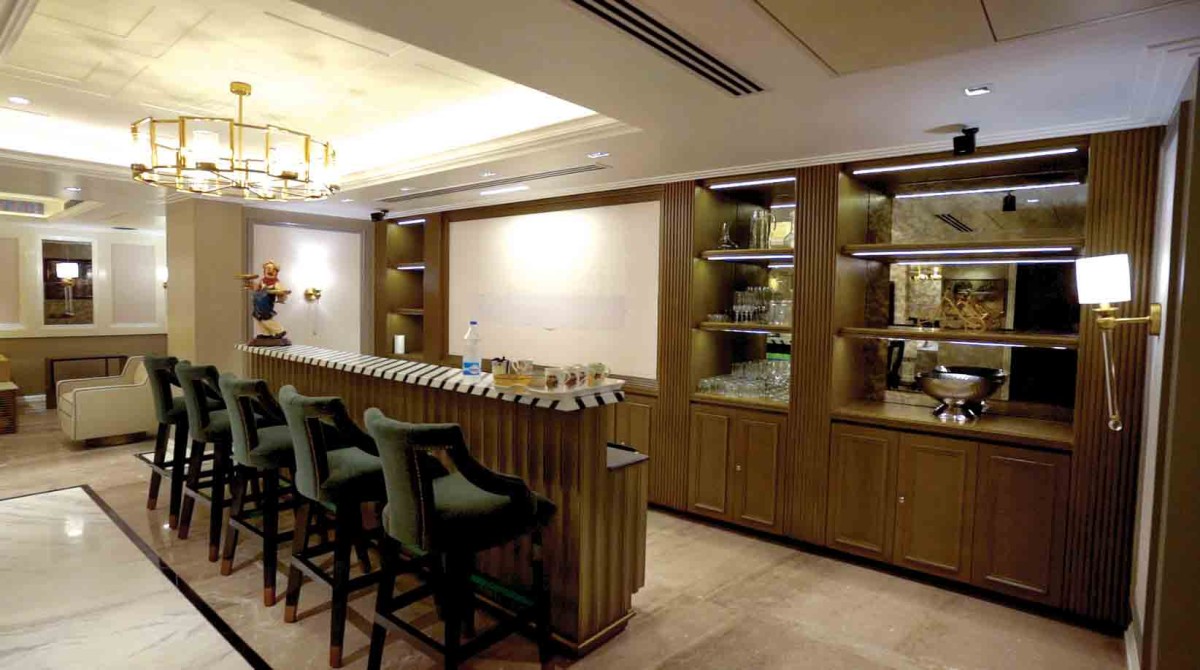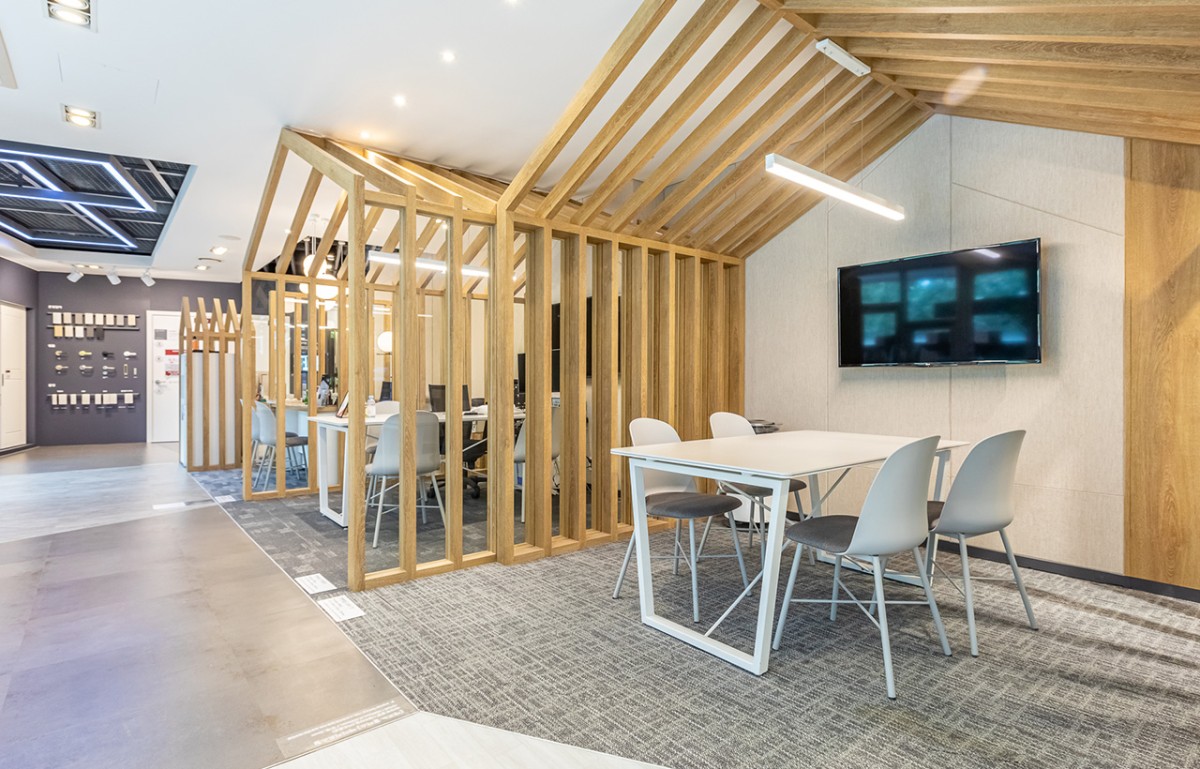Biophilic Benefits of Responsibly Sourced Wood in Indoor Space
- September 27, 2023
- By: Yukti Kasera
- PRODUCTS AND MATERIALS
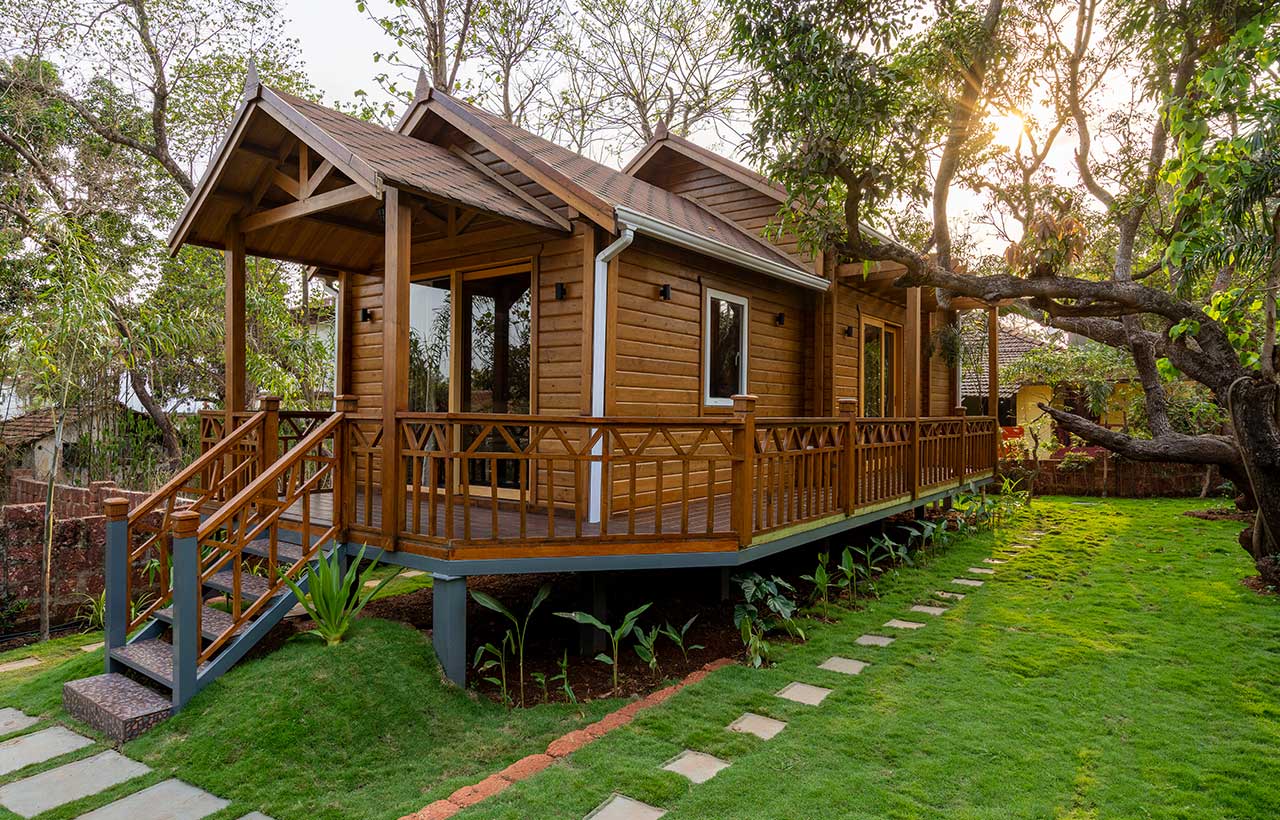 Incorporating wood elements into interior spaces isn’t merely an aesthetic choice. It significantly impacts human health and overall well-being. Considered to be one of the oldest building materials, Architects, Interior Designers and Real Estate Developers are seeking out wood not just for the aesthetics it has to offer, but also for its inherent biophilic attributes that help inhabitants connect with nature.
Incorporating wood elements into interior spaces isn’t merely an aesthetic choice. It significantly impacts human health and overall well-being. Considered to be one of the oldest building materials, Architects, Interior Designers and Real Estate Developers are seeking out wood not just for the aesthetics it has to offer, but also for its inherent biophilic attributes that help inhabitants connect with nature.
The design philosophy--known as biophilic design--seeks to incorporate elements of the natural world into their designs, like homes, offices, and public spaces. Incorporating wood into architectural designs can add warmth, character, and sustainability to a project. In fact, they prefer sustainably managed and responsibly sourced wood, like Canadian Wood, as it offers a plethora of indoor applications and advantages that contribute to a healthier and more harmonious indoor environment.
Let’s Look at the Biophilic Benefits a Wood Can Offer
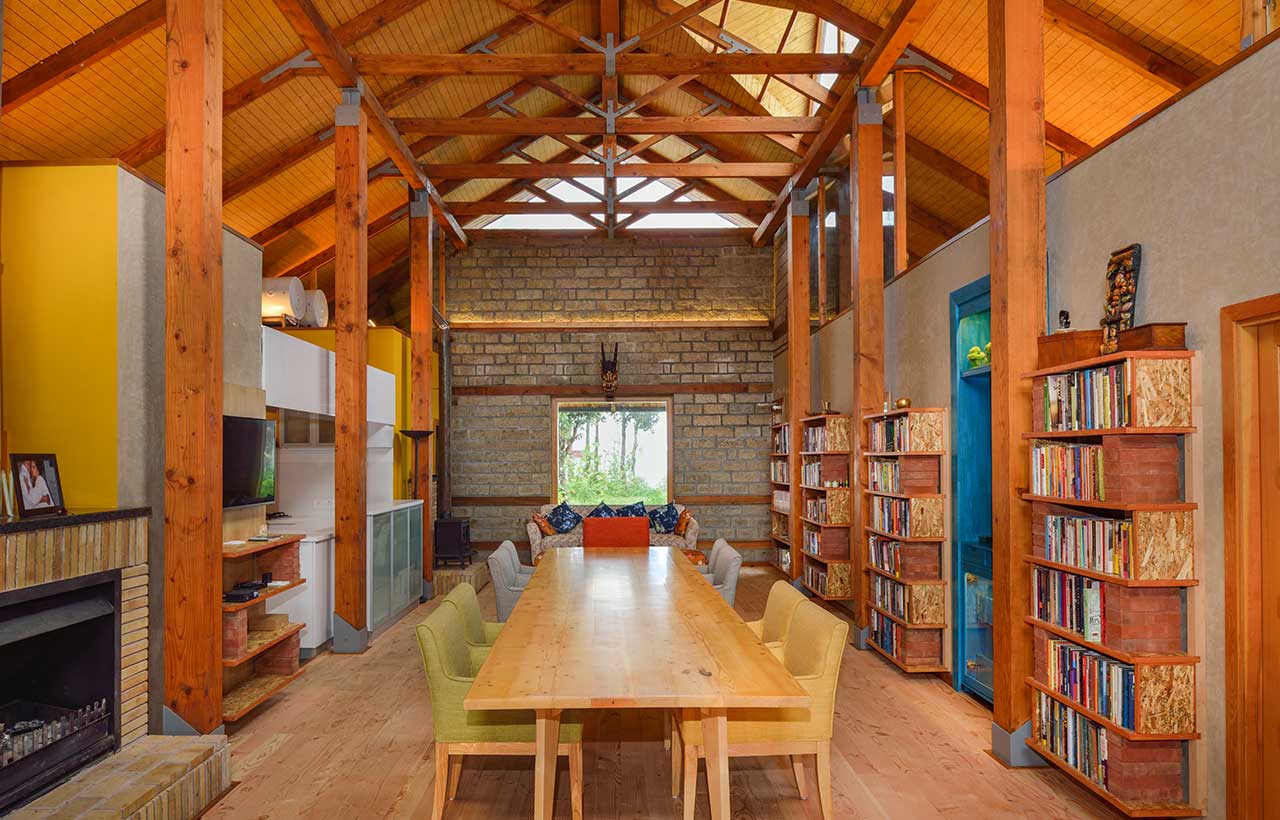
Stress Reduction
One of the foremost benefits of incorporating wood into architectural designs--such as wooden beams, Furniture, Interior wall panelling, Wooden staircases and wooden ceilings in indoor spaces-- reduces the stress levels among occupants. The natural warmth and earthy tones of wood create a calming atmosphere that can help alleviate anxiety and promote relaxation.
A Source of Stimulation
Responsibly sourced wood has biophilic properties that play a pivotal role in improving cognitive function. Research has shown that exposure to wood elements in indoor environments enhances concentration, creativity, and problem-solving skills. It can stimulate the mind, boost productivity, and foster a sense of well-being.
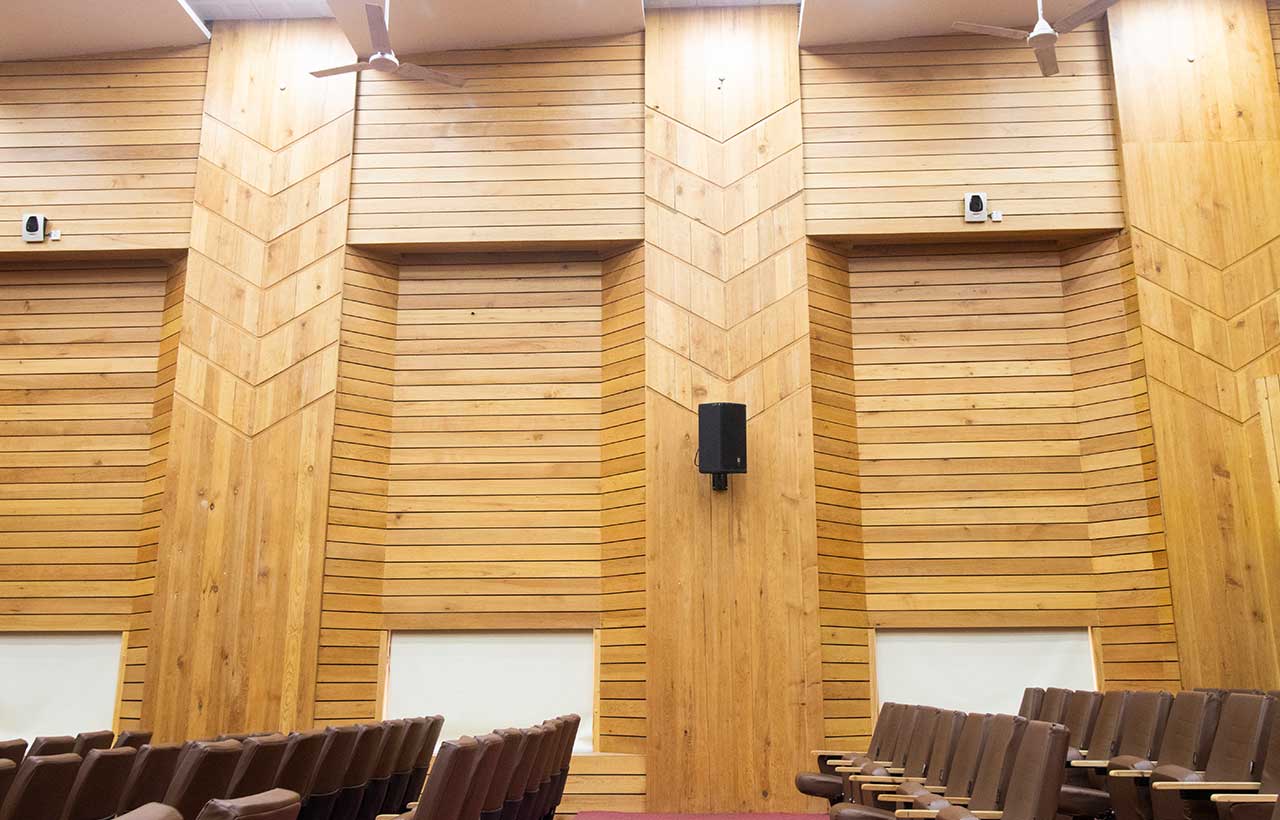
Checks Energy, Air Quality
A natural insulator, buildings constructed primarily from wood require less energy for heating and cooling. This inherent energy efficiency contributes to reduced energy consumption and lower greenhouse gas emissions over a building's lifespan. It also improves indoor air quality by regulating humidity levels by absorbing and releasing moisture, creating a healthier and more comfortable atmosphere.

Reduces Carbon Footprints
Perhaps, wood is the only natural and renewable building material, and when sourced responsibly, its use has a minimal impact on ecosystems. Sustainable forestry practices--such as replanting and reduced carbon emissions during manufacturing--ensure wood's eco-friendliness. Wooden buildings typically have a smaller carbon footprint, making them a key player in reducing the construction industry's environmental impact.
Thus, embracing wood-centric design and construction is, in fact, an investment in the enduring health and comfort of your living environment.
Stay updated with the latest trends and developments in architecture, design, home decor, construction technology, and building materials through Building Material Reporter.





